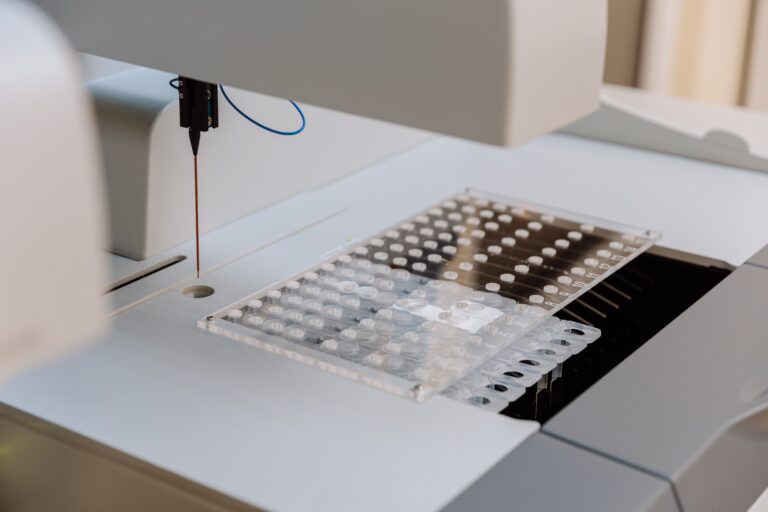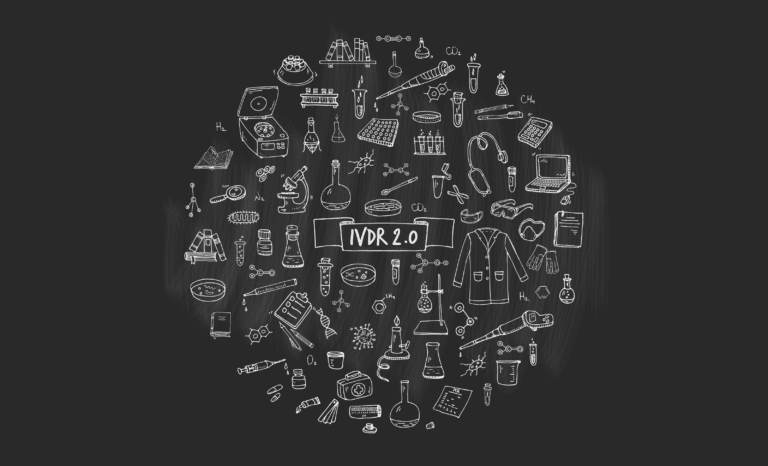Platomics announces new collaborations Read the Press Releases

ISO 5649: A beautiful standard that points the way toward IVDR compliance
Here’s what the standard can—and cannot—do for EU labs
The recently released ISO 5649:2024 pulls together essential specifications for lab-developed tests to ensure they yield diagnostic results with optimal accuracy, effectiveness and safety.
Regulatory experts tend to find standards beautiful, and our team was no exception on this one.
But if you find standards mostly just mean more work, we’ll show you how this one ultimately saves you time and effort on the route to IVDR compliance– and then we offer you an even shorter shortcut to implementing its benefits.
A new global standard
ISO 5649 has been awaited as an international gold standard for lab-developed tests (LDTs), which are now regulated by the IVDR under the designator “In-House IVDs” (IH-IVDs). LDTs are also under scrutiny in the US with last year’s parallel FDA ruling that LDTs constitute medical devices.
While standards are generally not mandatory under IVDR, this one is nonetheless of interest for any lab that develops and performs in-house tests—not least because it provides more details on how to fulfill many of the EU requirements with which it overlaps.
Developed with IVDR and other international regulatory frameworks in mind, it does not, however, fully map with IVDR and will not par tout lead to lab compliance. The new standard is still key because it outlines the basic requirements for state-of-the-art lifecycle management for in-house tests—and also tells you roughly what your lab needs to do.
Let’s break it down and see what it can do, especially as regards fulfilling IVDR requirements.
General requirements
ISO 5649 is a global standard that lays out requirements for assuring the quality, safety, performance and documentation of laboratory-developed tests.
Here’s how its general requirements compare with the IVDR item by item:
- Rationale Similar to the IVDR’s so-called “equivalence” requirement, effective December 2030, the standard foresees a rationale justifying the need for the test, which is then weighed against similar commercial products available and any risks associated with the in-house test.
- Feasibility assessment Recommended here is that the lab performs and documents an initial feasibility assessment based on the rationale, addressing for example the target patient population and whether an appropriate level of performance can be expected. This phase is not specifically required by the IVDR.
- Management system This mirrors the IVDR requirement of an appropriate lab QMS covering the full test lifecycle, with ISO 15189 serving as the backbone. ISO/IEC 17025, ISO 13485 and ISO 20416 are also named here as additional ISOs to draw from.
As with the IVDR, elements of several ISOs may be needed to ensure the QMS adequately accounts for the design, development, manufacture, performance, use and lifecycle documentation of LDTs.
- Transfer of LDTs This sets requirements for the case that a regulatory framework allows for a device transfer from lab to lab. This is prohibited under IVDR outside of the lab’s legal entity.
- Control of subcontractors This partly overlaps with related IVDR requirements regarding resource management and manufacturing information. Some of these aspects are also covered by ISO 15189, which is mandated by IVDR for labs with in-house devices. Outsourcing in any case should be carefully considered with regard to potential implications.
Requirements for the design and development of LDTs
These requirements are equally as rigorous as the IVDR, with some additional testing that goes beyond the EU framework.
- Performance specifications These are mapped out and largely overlap with IVDR, including intended purpose and use specifications (from patient population to qualification of staff), clinical performance and scientific literature.
Noteworthy here: Scientific validity is included in this state-of-the-art standard, but not explicitly in IVDR in-house requirements. - Risk management Included are rigorous minimum requirements and reference to relevant standards (ISO 22367:2020, ISO 14971:2019 and ISO/TR 20416). Overall, this section maps well with IVDR Annex I risk management requirements.
- Essential principles for safety and performance This section matches well with the IVDR General Safety and Performance Requirements.
- Preliminary and pilot testing While not explicitly required by the IVDR, ISO 5649 foresees preliminary and pilot testing before validating an LDT. These early test phases help determine performance criteria, ensure the test meets design requirements, and identify potential limitations. They also provide essential operator training and help labs anticipate factors that could impact performance, ultimately supporting the validation process.
Performance evaluation requirements
This maps well with IVDR performance evaluation requirements. If you have met them, then you are likely good to go for most of the following from the standard:
- Performance evaluation
- Validation plan
- Analytical performance
- Clinical performance
- Justification of excluded performance characteristics
- Software verification and validation
- Validation documentation and acceptance criteria
Implementation, monitoring and retirement of LDTs
These requirements include, for example, the transfer into routine use, reporting, maintenance and monitoring, of which only monitoring has a direct equivalent in IVDR.
The art and science of compliance
If you take this standard as your instruction manual for ensuring and documenting the quality of your tests, you have already covered a significant share of your bases for IVDR compliance. From there you will still need to check it against the EU law and fill in some gaps.
Also consider that meeting the standard is a nice claim that builds trust in the quality and safety of your lab’s in-house tests. This is where Platomics has made an art out of the science of standards and compliance.
Platomics PlatoX® platform is tailored to guide you through IVDR technical documentation for your in-house tests. But the documentation will simultaneously take you a substantial way toward documenting that your lab fulfills ISO 5649.
We are already hard at work incorporating this standard as far as possible into our software and thereby giving you flexible options for upping the ante on quality and compliance in your lab.
Platomics’ digital solutions make lab compliance easier.
*We have compiled the above information to the best of our knowledge, yet our blog entries do not constitute expert advice and cannot substitute your own examination of the legal situation applicable to you and your institution.




